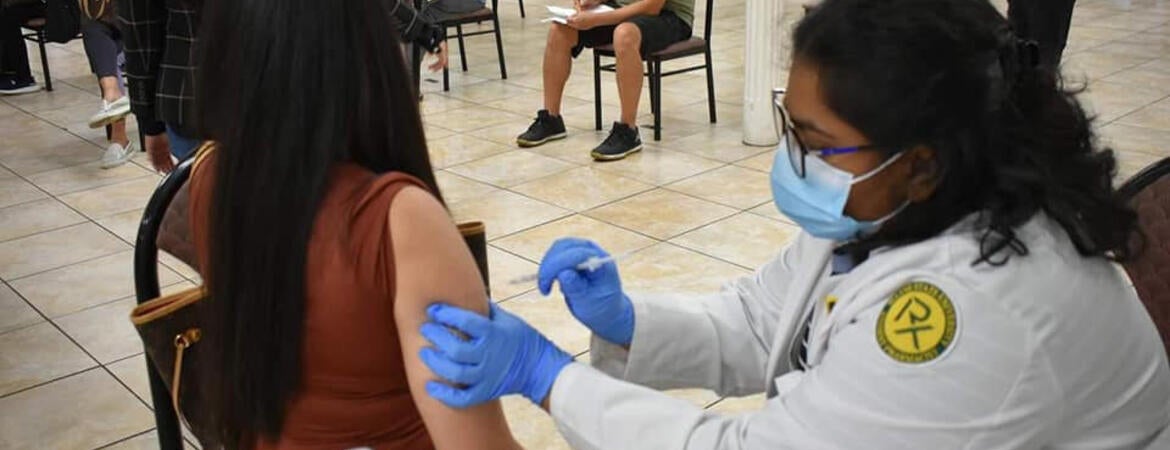Center for Social Innovation

According to AAPI Data’s analysis of the census’s 2020 American Community Survey, 32 percent of Asian Americans — the highest of any racial or ethnic group — and 12 percent of Native Hawaiians and Pacific Islanders have limited English proficiency and so may face language barriers in trying to access reproductive health care. These groups, depending on their national origin, may also face barriers related to income and health insurance coverage, living below the poverty level, or being undocumented, the data research organization found.
AAPI Data’s 2022 report about census survey data shows that 20 percent of Asian alone households and 4.7 percent of Native Hawaiian and Pacific Islander alone households in the U.S. are linguistically isolated, which means that no one in the household over 14 years of age speaks English exclusively or “very well.” Those numbers soar even higher for new refugees; for example, more than 52 percent of Burmese households and 38.9 percent of Bhutanese ones have few adult English speakers.
Overall, according to AAPI Data, about 11 percent of Asian Americans and roughly 16 percent of NHPIs live below the federal poverty level. Some groups also struggle with health insurance coverage; a closer look at those numbers show that Marshallese and Mongolians were much more likely to not have health insurance.